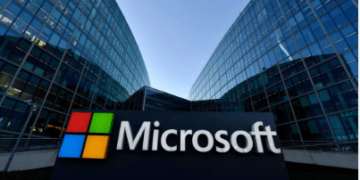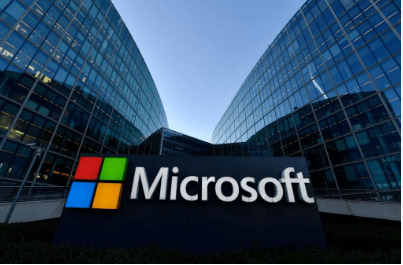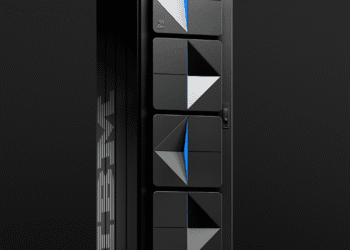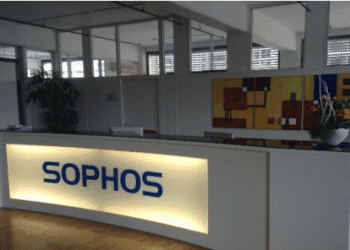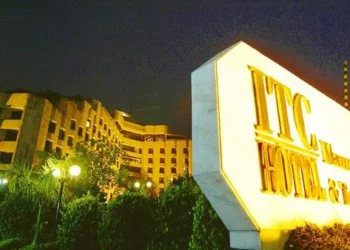Athira Sethu
Kochi, 20 February 2025
Microsoft has released its first quantum computing chip, called Majorana 1, in a major breakthrough in the creation of quantum machines. The chip employs 8 qubits, the fundamental building blocks of quantum computing, and is mounted on a piece of hardware the size of a sticky note. Microsoft hopes that one day this chip will be able to contain up to 1 million qubits.
Currently, the Majorana 1 chip can only compute basic math problems that demonstrate it can be commanded, but Microsoft engineers believe it’s a starting point for building future quantum devices. The technology one day may be used to fuel data centers and assist in making new discoveries in healthcare and chemistry, according to the company. The research is set to be published in the journal Nature.
Microsoft executive Jason Zander explained that researchers have been speculating about this technology since 1937, but only in recent times has Microsoft managed to prove and implement it. He said quantum machines would start being of use within a few years.
Quantum computing differs from classical computing in that it employs qubits rather than bits. Where bits are either 1 or 0, qubits are 1 and 0 simultaneously. This means quantum computers are able to find the solution to complex problems much quicker than traditional computers. Google’s quantum chip, for instance, found the solution to one problem in five minutes, something that would take classical computers billions of years.
But quantum computing is still not without challenges. The most significant issue is a high error rate because qubits are prone to heat and sound. Such particles can vanish in a flash, and errors are hard to correct. Microsoft has attempted to minimize these errors by working on a form of qubit known as Majorana, which it thinks will be more stable than others.
In order to produce these stable qubits, Microsoft employed strips of indium-arsenide and aluminum nanowires to create an H-shaped structure. When cooled to almost absolute zero and regulated with a magnetic field, this arrangement yields Majorana particles at the end of the “H” to produce a qubit. Although there were some errors along the process, Microsoft finally managed to produce and measure these particles.
This achievement is a significant step toward the construction of future quantum computers.
